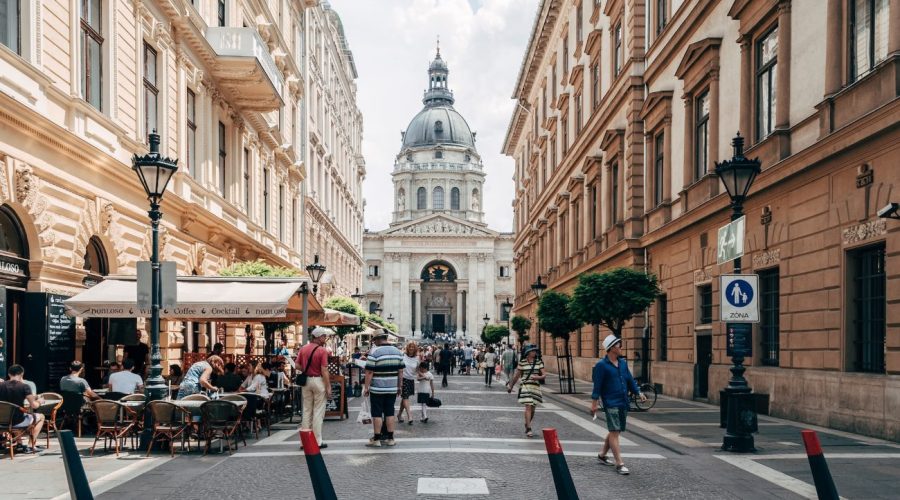Why Does Amsterdam Have a Red Light District?
Amsterdam is the capital of the Netherlands and is particularly known for canals, architecture and lively culture. But then there is that element of the town that always provokes gawkish stare is of renowned Red Light District. This unusual region is known for its regulated prostitution and windows of sex workers displayed openly. In this article, we will examine the history, causes, and laws that explain Amsterdam’s Red Light District.
The Origin and History
The Amsterdam Sex Tours are rivaled only by the country that sprawls over the continent of Europe. As the townpeople swelled, so did the demand for all sorts of services including prostitution. This resulted in areas being set aside for sex, and eventually became the Red Light District, now known by that name.
In the Dutch Golden Age in the 17th century, Amsterdam had grown into a rich town with great economical power. Prostitution was legalized in all but three of the fifty states, and much was done to regulate prostitution for the sake of public order and safety, and official recognition was given to brothels. The red lights served as a signal to indicate that the establishment was a brothel, thus making it easier for the potential customers to locate.
Legalization and Regulation
Prostitution in the Netherlands, including Amsterdam, is legal, since 2000. Government officially went for the approach to ensure that rights-of-sex workers were protected and the criminal law against the other activities connected with the sex industry. The authorities have introduced the legalization of prostitution in order to provide for better working conditions, medical care and support for those involved.
However, the Red Light area is not a free-for-all sexually liberated area. There are right rules and rights to maintain and secure all persons’ safety. Sex workers have to enroll with the Chamber of Commerce, submit regular health checks and pay taxes on their income. They should be able to refuse customers and have best security available to them.
Social and Cultural Context
That Amsterdam has a lot of prostitution is not all caused by the liberal mentality, prostitution is deeply rooted in Dutch society, History and culture. In general, the The Netherlands is fairly permissive in nature when it comes to social issues such as prostitution and the drug trade.
Prostitution is considered to be an honourable job and standard unrepressible, and administration’s desire is harm diminishment rather than full eradicating. Through regulation and stream-lining the industry, the government can have greater oversight of sex worker safety and welfare.
Controversies and Challenges
Red Light District is constantly dealing with enormous controversies and issues. Those against claim that approving of prostitution may also lead to the expansion of human trafficking, exploitation, and objectification of women. This is very complex issue – it requires constant efforts of protection and attacks on those ill doing.
But in addition when the Red Light District is so popular with tourists there will be problems arising; as in, it gets overcrowded, public order broken down and treated disgustingly towards sex workers. Amsterdam is permanently busy to strike a balance between on the one hand safe working conditions for the workers and on the other hand comfort of residents and visitors.
Conclusion
Amsterdam’s Red Light District is an unusual and fascinating yet also very deeply ‘indicative’ and disputable part of the city’s culture. The history, legislation, and legislation surrounding this are some of the things where the understanding gives insight to the complexity of the issue. One needs to recognize that District West has come into being due to a multitude of societal, cultural and economical reasons. By establishing a controlled area for sex work, Amsterdam sees an opportunity to ensure greater safety and well-being of the sex workers themselves in conjunction with mitigating the problems associated with the presence of any sex industry.
Table of Contents



